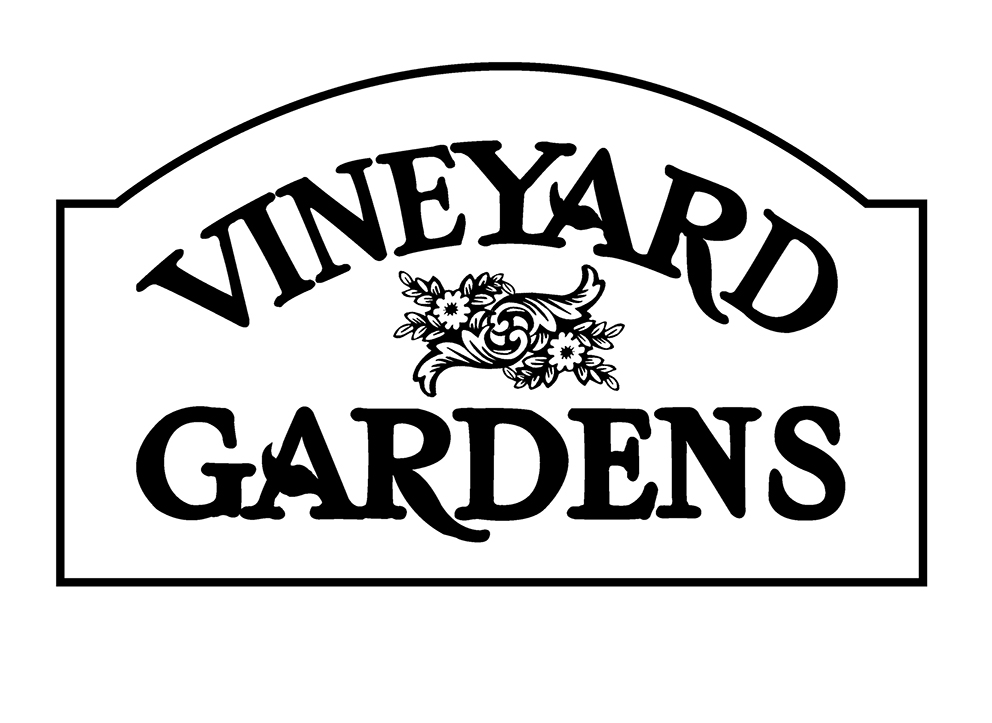Besides exploring the quietness of the island, the short days give us a chance to turn inward and settle in with a good book. It is actually something we quite look forward to since it's not always doable in our busy summer months. If you are yearning for the days to be in the garden, here are a couple of titles from my winter’s night-table to get you in the gardening spirit.
The Botany of Desire: A Plant’s-Eye View of the World
Michael Pollan - Random House 2001
Hard to believe this book has been around for 17 years. Its delightful, informative and beautifully written. As we celebrate Darwin’s birthday, this book serves as an apt companion. Pollen talks about our cultural relationship with plants and the natural world we all coexist in. He offers provocative musings on time, bees and the evolution of flower forms…
The Gardener’s Year
Karel Capek - Read Books Ltd. 2013
Originally published in 1929 in Prague. Leading up to the Second World War it is a testament to the healing virtues of gardening. It was penned by a writer known for his essays against fascism. The discovery of this little book came from the pages of one of the best books on the subject of gardens: Gardens: An Essay on the Human Condition
Gardens: An Essay on the Human Condition
Robert Pogue Harrison - Univ. of Chicago Press 2008
Combining such winter activities as reading, planning this seasons garden palette and browsing the Thrift Shoppe we discovered this gem,
Old Time Gardens
Alice Morse Earle - The Macmillan Company 1901
It could be difficult to find this book in the bookstores but it is available through the Gutenberg Project in an annotated facsimile edition.
http://www.gutenberg.org/files/39049/39049-h/39049-h.htm
The book traces a practical and poetic history of American gardens touching on Puritan seed packets, Sundials, Flowers of Mystery and strolls down Lilac laden Narragansett lanes. This is from the golden age of pre-war, the First War, American landscape thinking. Its a valuable and surprisingly timely perspective on making gardens as refuge and nourishment for the soul.
A common thread through all these books, and of course gardening in general, is the power of observation. Paying attention. As the world moves ever faster and deeper into virtual abstraction it becomes all the more important that we step outside and absorb our natural world. It is not here simply for our delight, it can carry on quite nicely without us. But if we stop and listen closely we’ll be able to hear it whispering, beckoning us to share in the bounty of being…
“Meanwhile the mind, from pleasure less,
Withdraws into its happiness:
The mind, that ocean where each kind
Does straight its own resemblance find;
Yet it creates, transcending these,
Far other worlds, and other seas;
Annihilating all that’s made
To a green thought in a green shade. “
The Garden, Andrew Marvell 1681
Your correspondent was able to get off Island long enough to attend the Hollywood Foreign Press Association’s Golden Globe Award’s. It does help to manage Island fever by keeping one foot on solid ground or at least the Red Carpet!






